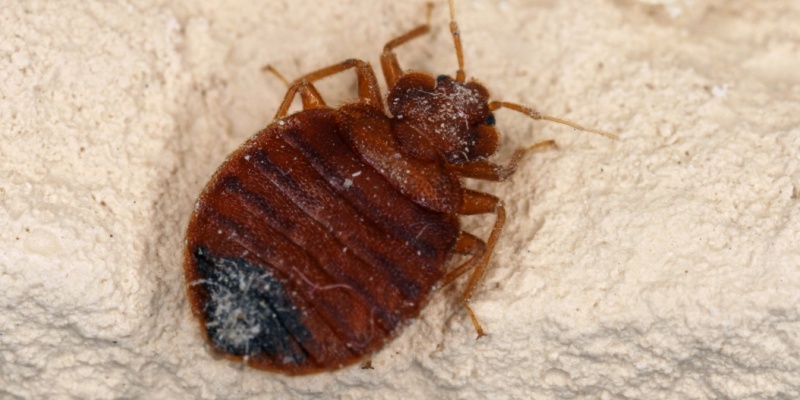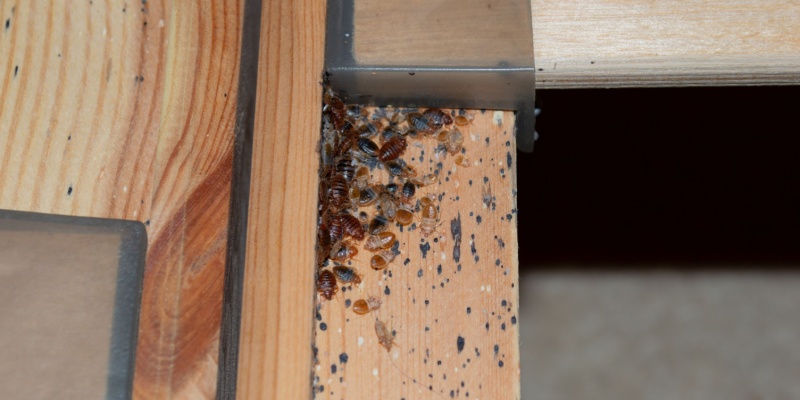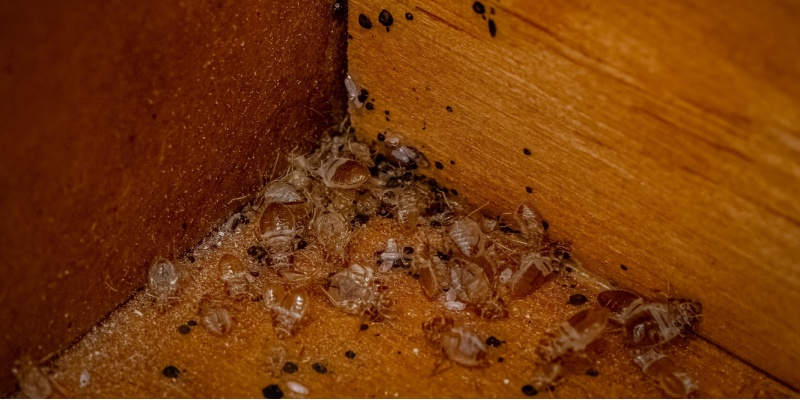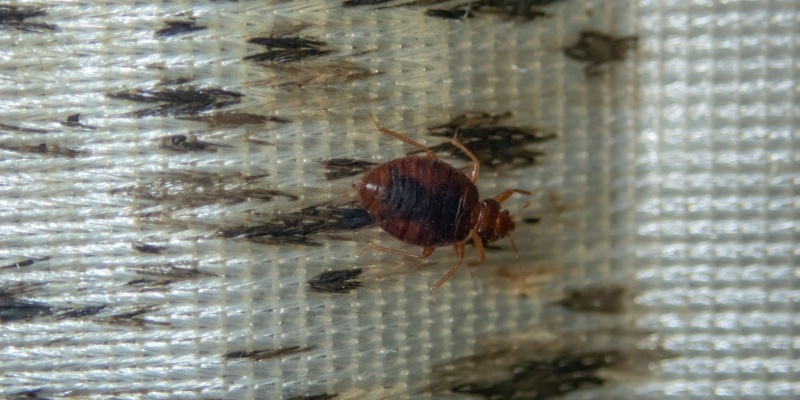Finding and hiring a reputable bed bug removal service in Summerlin, NV, is crucial for effectively tackling a bed bug infestation. Bed bugs are notorious for their elusive nature and rapid reproduction, making professional intervention often necessary. To ensure you choose the best service for your needs, it’s essential to ask the right questions. Here are 10 important questions to ask potential bed bug removal services to help you make an informed decision:
1. What is Your Experience with Bed Bug Infestations?
- Why It Matters: Bed bugs are a specialized pest, and dealing with them requires specific expertise. Experience in handling bed bug infestations ensures that the service provider is familiar with the latest techniques and treatments.
- What to Look For: Ask about the company’s history with bed bugs, including how long they’ve been treating them and the types of infestations they have managed. Look for providers with a track record of successful eradications.
2. What Methods and Treatments Do You Use?
- Why It Matters: There are various methods for bed bug removal, including chemical treatments, heat treatments, and steam. Understanding the methods used helps you determine if they are effective and safe for your home.
- What to Look For: Inquire about the specific treatments the company uses and whether they combine multiple methods for a comprehensive approach. Ensure that the treatments are approved by relevant health and safety authorities.
3. Are Your Treatments Safe for My Family and Pets?
- Why It Matters: Safety is a major concern when dealing with pest control treatments. It’s essential to ensure that the methods used are not harmful to your family, pets, or the environment.
- What to Look For: Ask about the safety protocols and any potential risks associated with their treatments. Reputable companies should provide information on how they ensure the safety of their products and procedures.
4. Can You Provide References or Case Studies?
- Why It Matters: References and case studies offer insight into the company’s reputation and the effectiveness of its services. They help you gauge the experiences of previous clients and the results achieved.
- What to Look For: Request references from recent clients and ask for case studies or testimonials. Positive feedback from others who have dealt with similar infestations can be a good indicator of reliable service.
5. What is the Estimated Cost of the Bed Bug Removal Service?
- Why It Matters: Understanding the cost helps you budget for the service and avoid any unexpected expenses. Bed bug removal can be costly, so it’s essential to have a clear idea of what you’ll be paying for.
- What to Look For: Ask for a detailed written estimate that includes the cost of treatments, inspections, and any follow-up services. Be cautious of extremely low prices, as they may indicate subpar services or hidden costs.
6. Do You Offer a Guarantee or Warranty for Your Services?
- Why It Matters: A guarantee or warranty provides assurance that the company stands behind their work. It offers protection in case the bed bugs return after treatment.
- What to Look For: Inquire about the details of any guarantees or warranties provided. Ensure that they cover a reasonable period and specify what actions will be taken if bed bugs persist.
7. What Is the Expected Timeline for Treatment and Results?
- Why It Matters: Knowing the timeline helps you plan for the treatment process and manage your expectations regarding the results. Bed bug removal can take time, and understanding the schedule is crucial.
- What to Look For: Ask about the duration of the initial treatment and any follow-up visits required. A reputable company should provide a clear timeline and explain the steps involved in the process.
8. Do You Conduct Follow-Up Inspections and Treatments?
- Why It Matters: Follow-up inspections and treatments are essential for ensuring that the bed bugs are completely eradicated. A single treatment may not be sufficient to eliminate all pests.
- What to Look For: Ensure that the company includes follow-up inspections and treatments as part of their service. Ask how they will monitor the effectiveness of the treatment and address any remaining issues.
9. How Will You Prepare My Home for Treatment?
- Why It Matters: Proper preparation of your home is crucial for the success of bed bug treatments. You may need to take specific steps to facilitate the process and ensure the effectiveness of the treatment.
- What to Look For: Ask about the preparation steps required before the treatment begins. Reputable companies should provide clear instructions on how to prepare your home, including any necessary cleaning or moving of items.
10. What Are Your Credentials and Certifications?
- Why It Matters: Credentials and certifications indicate that the company meets industry standards and follows best practices. They provide assurance of the company’s professionalism and expertise.
- What to Look For: Verify that the company holds relevant licenses and certifications from professional pest control associations. Check for affiliations with organizations such as the National Pest Management Association (NPMA) or state regulatory bodies.
Choose Pest Raiders for the Best Bed Bug Removal
Choosing the best bed bug removal service in Summerlin, NV requires careful consideration and asking the right questions. Addressing a bed bug infestation effectively is crucial for ensuring your home remains comfortable and pest-free. Don’t hesitate to reach out to Pest Raiders, the best pest control in Summerlin! We will make sure you receive the best possible service for your bed bug problem.



